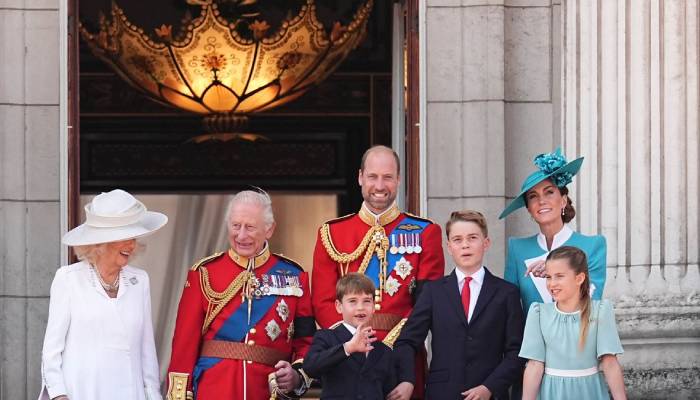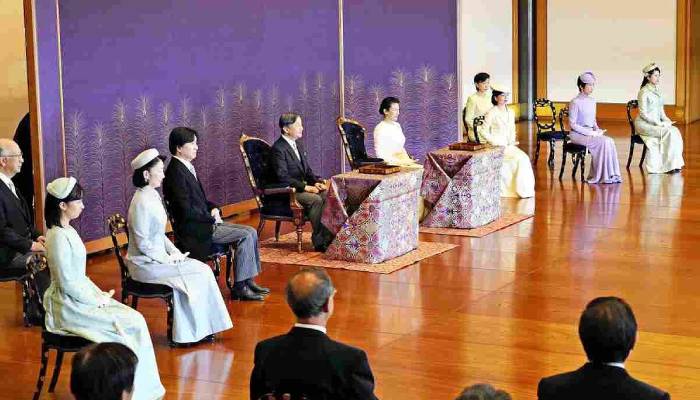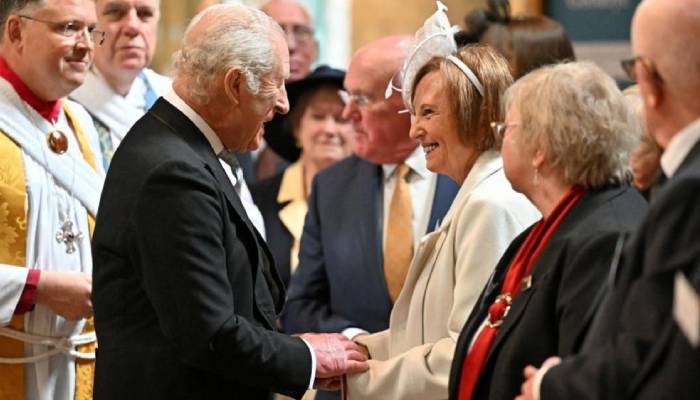
Royal families are famous for their grand ceremonies, shiny crowns, and regal fashion, but aside from the glamorous outlook, it is also full of customs and traditions that honor the centuries-old history even to this date.
These traditions often display the country’s rich history, culture, and beliefs, making each royal family across the globe special and unique from the other.
From the British sovereign marking two birthdays to the Danish Royal Audience Day, let’s explore five royal traditions from around the world that are truly unique and likely completely new to you.
Monarch Celebrates Two Birthdays Every Year - UK

In the Royal Family of the UK, the sovereign celebrates two birthdays, with one being their actual birthday, while the other marking an official public birthday.
The official celebration – called Trooping the Colour – is usually marked in June, on which the Royal Family and the nation celebrate the sovereign’s special day with a vibrant event featuring colourful flypasts, parades, and outdoor ceremonies.
The tradition began with King George II in the 18th century and continues to this date.
Imperial New Year’s Poetry Reading – Japan

Among one of the lesser known royal traditions, one is the Imperial New Year’s Poetry Reading or the Utakai Hajime that is practiced in Japan as an annual imperial custom where the reigning emperor recite waka poetry on the New Year’s Eve.
The tradition dates back to 1869 during the Meiji era as a way to preserve Japan’s classical poetry and reinforce the cultural role of the imperial family.
It takes place every year at Imperial Palace in Tokyo.
Royal Audience Day - Denmark:

The Royal Audience Day in Denmark is a longstanding ceremonial tradition where citizens and officials get rare opportunities to meet the monarch.
At Christiansborg Castle, the King holds an audience on a number of Mondays during the year, where the people show up and have the opportunity to personally thank the King for, for example, the awarding of a royal order or medal, a royal appointment or for the King's participation at an opening or a visit.
While the exact origin and founder are unclear, the practice has existed for centuries, evolving alongside Denmark’s monarchy.
By maintaining this personal link between sovereign and citizens, Royal Audience Day reinforces a sense of unity, respect, and engagement, making it both a ceremonial and meaningful aspect of Danish Royal tradition.
The Royal Tradition of Copa del Rey (aka The King’s Cup) - Spain

The Copa del Rey, also known as The King’s Cup, carries a symbolic tradition linked to the Spanish Royal Family.
Introduced in 1903 to honor the monarchy and promote football among citizens, the tournament has long involved the ceremonial participation of the reigning monarch or other member of the royal family, who presents the trophy to the winning team.
The esteemed event was founded by a famous Spanish football pioneer and then-president of Madrid FC Carlos Padrós in honor of King Alfonso XIII.
Royal Maundy Service – UK

The Royal Maundy Service is a longstanding English tradition, held annually on Maundy Thursday, the day before Good Friday.
During the ceremony, the monarch distributes specially minted coins, called Maundy money, to a group of elderly men and women, as a symbol of charity and humility.
The centuries-old tradition began during the reign of King Henry II in the 12th century and typically awards Maundy money to a number of recipients equal to the monarch’s age.












